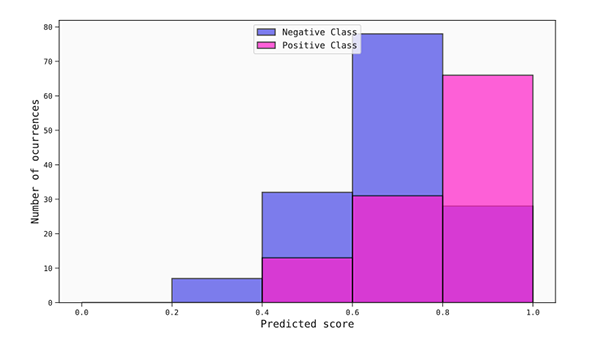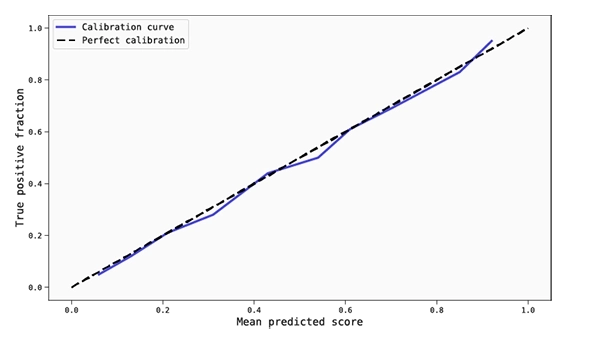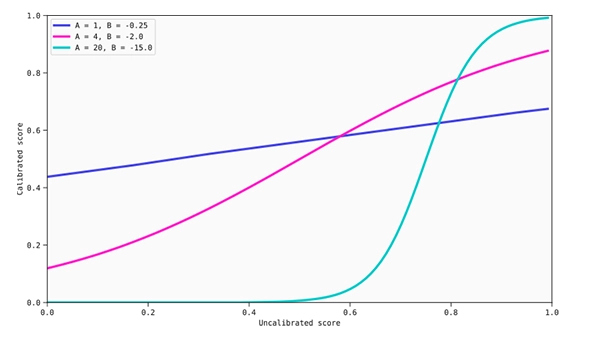Data science.
Fundamental techniques that every data scientist should know for effective analysis.
Part one of a two-part developer diary on building a stratified data splitter for Abzu's python library Feyn and the QLattice.
Part one of a two-part developer diary on building a stratified data splitter for Abzu's python library Feyn and the QLattice.
The simplest way to think about binary classification is that it is about sorting things into exactly two buckets.
Let's study how well calibrated the QLattice models are, and to what extent calibrators can improve them.
What do machine learning model outputs represent? What if the predictions that we're making come with a future risk?
Calibrators are tools used to transform the scores generated by your models into (almost) real mathematical probabilities.
Try the QLattice.
Experience the future of AI, where accuracy meets simplicity and explainability.
Models developed by the QLattice have unparalleled accuracy, even with very little data, and are uniquely simple to understand.
Subscribe for
notifications from Abzu.
You can opt out at any time. We’re cookieless, and our privacy policy is actually easy to read.














